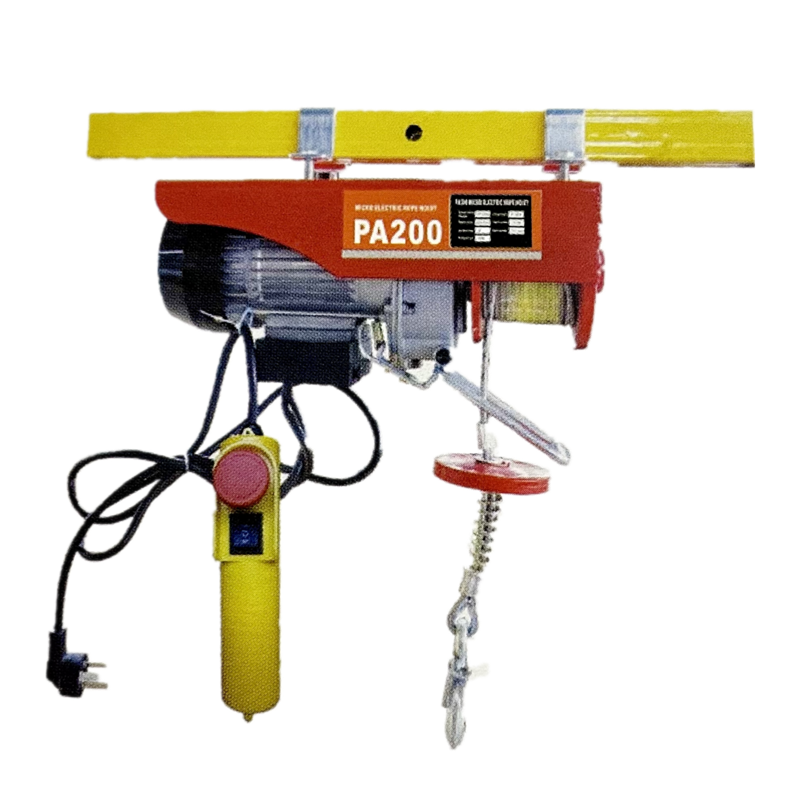


Handling Pallet Trucks A Comprehensive Guide
Pallet trucks, also known as pallet jacks, are essential tools in the logistics and warehousing industries. They facilitate the movement of goods and materials efficiently and safely, making them indispensable for any operation that involves heavy lifting and transporting. Understanding how to handle a pallet truck correctly not only enhances productivity but also ensures the safety of the operator and those around them. This article serves as a comprehensive guide to handling pallet trucks, covering their types, uses, safety considerations, and best practices.
Types of Pallet Trucks
Pallet trucks come in various types, each suited for specific tasks and environments. The most common type is the manual pallet truck, which relies on human effort to operate the hydraulic lift system. These trucks are ideal for moving loads over short distances on flat surfaces. For operations requiring more efficiency and speed, electric pallet trucks are available. These powered versions significantly reduce strain on the operator and can handle heavier loads over larger distances.
There are also specialized pallet trucks designed for particular applications, such as low-profile pallet trucks for accessing pallets in tight spaces, and high-lift pallet trucks that allow lifting to a greater height for stacking purposes. Each type of pallet truck offers unique advantages, making it critical to choose the right one for your specific needs.
Uses of Pallet Trucks
Pallet trucks are utilized in various settings, including warehouses, manufacturing plants, and retail environments. Their primary function is to move palletized goods from one location to another. They are particularly effective in loading and unloading delivery trucks, transporting items across the warehouse floor, and organizing inventory. In addition to moving pallets, pallet trucks can also be used for stacking goods onto shelves, provided the operator employs the correct techniques and equipment.
Safety Considerations
While pallet trucks are designed to improve efficiency, improper handling can lead to accidents and injuries. Therefore, safety must always be a top priority. Operators should be trained in the proper use of pallet trucks, including steering, braking, and lifting techniques. It is crucial to inspect the pallet truck before use, looking for any signs of damage or wear, especially in the wheels, forks, and hydraulics.
Wear appropriate personal protective equipment (PPE), such as steel-toed boots and gloves, to minimize the risk of injury. Additionally, operators should be aware of their surroundings, avoiding sudden movements and ensuring the path is clear of obstacles. Always be mindful of the load's weight and dimensions, as overloading the truck can lead to tipping and loss of control.

Best Practices for Handling Pallet Trucks
To handle a pallet truck safely and efficiently, follow these best practices
1. Positioning the Pallet Truck Align the forks of the pallet truck with the pallet, ensuring they slide fully under the pallet to provide stable support.
2. Lifting the Load Use the hydraulic lever to lift the pallet off the ground. Ensure the load is secure before moving. Always lift from a stable position and avoid sudden jerks.
3. Moving the Load Push the pallet truck, keeping a safe distance from the load to prevent pinching or crushing. Use a smooth and steady motion to navigate corners and turns.
4. Lowering the Load When arriving at the destination, lower the load gently by using the hydraulic lever. Ensure the area is clear before positioning the pallet on the ground.
5. Parking the Pallet Truck When not in use, ensure the pallet truck is parked safely, with the handle in a vertical position to avoid tripping hazards.
Conclusion
Handling a pallet truck may seem straightforward, but understanding the nuances of operation is crucial for ensuring safety and efficiency in the workplace. By selecting the appropriate type of pallet truck, following safety considerations, and employing best practices, operators can maximize productivity while minimizing risks. Proper training and awareness can go a long way in creating a safer and more efficient working environment in any logistical setting.



